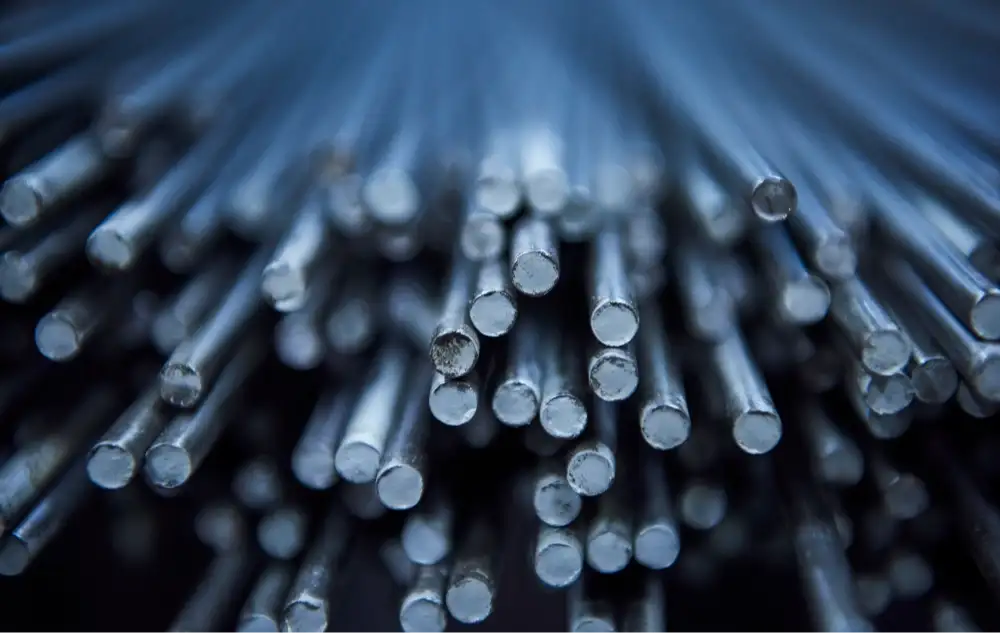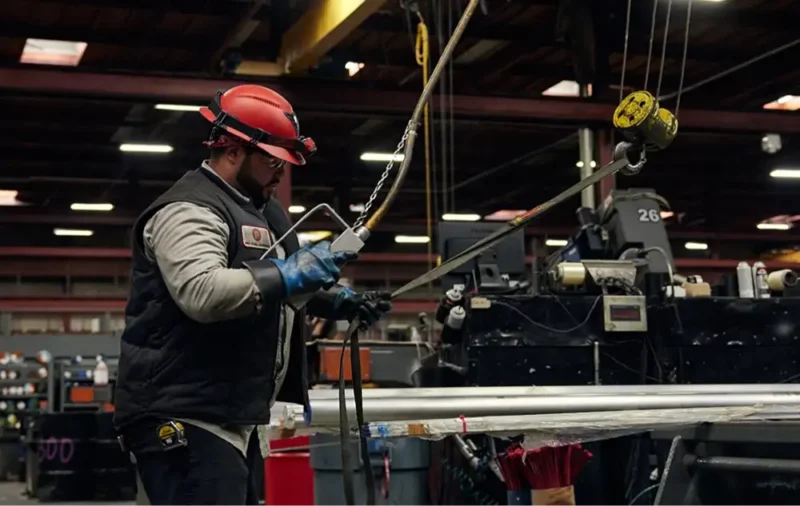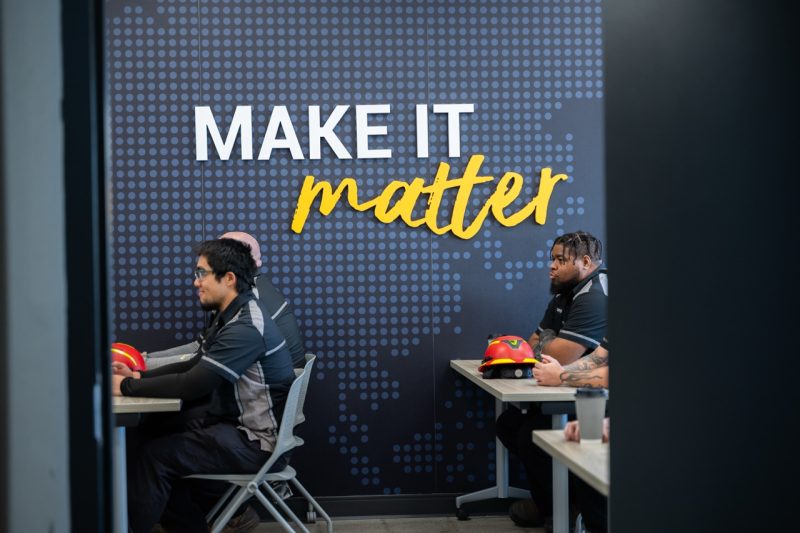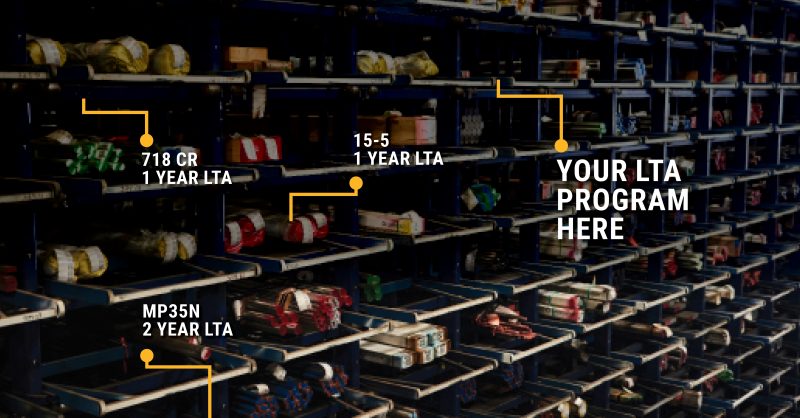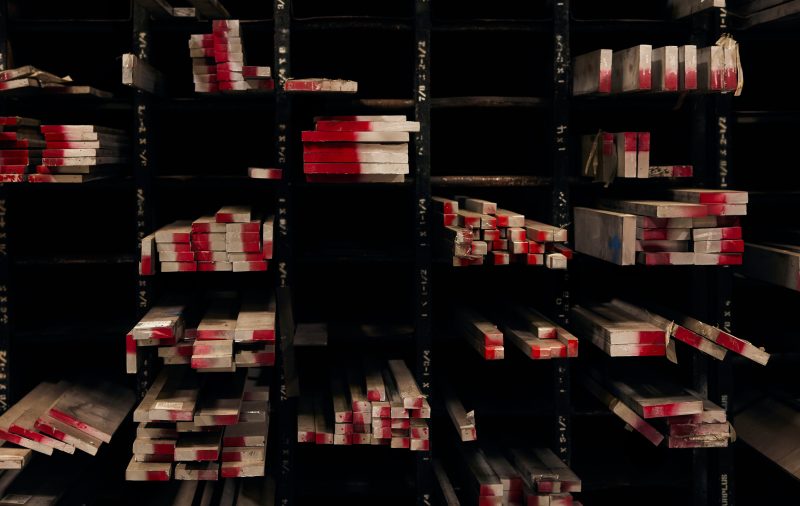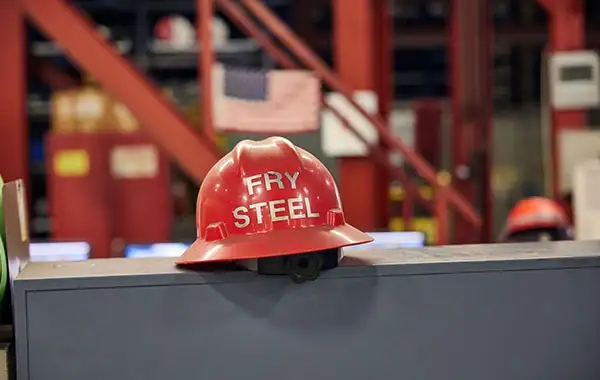The aerospace industry constantly looks to the future for innovative designs and strategies. Exciting possibilities are on the horizon, including more environmentally-sustainable aircraft and AI technology to reduce human error and maximize learning.
None of this great work can be done without aerospace metals that feature key characteristics and properties to ensure that the pilot and passengers stay safe in the air.
Aluminum
The majority of an airplane is made out of aluminum, approximately 80%. This aerospace metal is lightweight but also strong, while highly resistant to corrosion.
Aluminum used to build airplanes is often an alloy with added copper, manganese, and magnesium. These additional metals make the material more durable, and they add corrosion resistance.
Aircraft-grade aluminum and what it’s used for include:
- EXT 7075 ALUM T6511: Strengthens the overall aircraft framework through an alloy of aluminum, copper, magnesium, and zinc.
- EXT 2024 ALUM T3511: An aluminum alloy with exceptional endurance strength often used to construct pieces including the fuselage and the cowl. It’s also a go-to choice when making repairs.
- EXT 6061 ALUM T6511: This aluminum features excellent resistance to corrosion with the ability to weld well. This metal can be found in aircraft structures and exterior pieces including landing mats.
Stainless Steel
Stainless steel is a popular aerospace metal because it’s incredibly reliable. Like aluminum, it fights corrosion, even in water environments and high altitudes. The material can be welded easily and cut to the exact specifications needed for an aircraft.
Other critical qualities of stainless steel include that it’s easy to clean, making it an excellent hygienic option, and it resists heat and fire, holding its shape in high-stress conditions.
Popular grades of stainless steel and alloys found in aerospace are:
- 302-304 B: An austenitic stainless steel with either lower carbon content (304) or higher carbon content (302), with the latter being the most popular type found on an airplane, often used to create tubing and wiring.
- 321/321 H ANN: A high-performance alloy that includes titanium to withstand intense temperatures upwards of 1500°F. This alloy is implemented in aerospace for jet engines, afterburners, exhaust ducts, and more.
- 316 “B” (HI TENSILE): This material is particularly effective at combating airplane corrosion in aquatic environments.
Aircraft Alloys
Aircraft alloys are steels made from iron, chromium, manganese, carbon, and more. The final product is a material that balances strength and impact resistance. They also receive heat treatments to maximize strength.
These alloys also resist shock, so they’re the perfect option for machine parts that undergo high levels of stress. Aircraft alloys are numbered with four digits, and the ones below are commonly used as aerospace metals.
- 4130 HT: Features a low concentration of carbon for easy welding, and gains strength from added chromium and molybdenum.
- 4140 ANN: Used for gears and fixtures, this tough alloy contains torsional strength and withstands high impact.
Superalloys
Superalloys revolutionized the ability to create turbine engines. This alloy mixes iron with nickel, cobalt, and chromium, all of which can withstand massively high temperatures. This resistance allows for engines in both commercial and passenger flights to run more efficiently.
The following are the most frequently used Superalloys for aerospace projects:
- Inconel 718 – Inconel 718 is a precipitation-hardening nickel-chromium alloy known for its high strength, corrosion resistance, and good weldability. It is extensively used in aerospace applications, including turbine engines, rocket motors, and spacecraft.
- Waspaloy – Waspaloy is a precipitation-hardening nickel-based superalloy known for its high-temperature strength, corrosion resistance, and excellent creep resistance. It is used in turbine discs, blades, and other critical engine components.
- L-605: L-605 is a cobalt-based superalloy with excellent strength and corrosion resistance at high temperatures. It is used in applications where nickel-based alloys might not be suitable, such as in some combustor components.
- X-750: Inconel X-750 is a precipitation-hardening nickel-chromium alloy with good corrosion and oxidation resistance at high temperatures. It is used in a variety of aerospace applications, including rocket engines and gas turbines.
Source Your Aerospace Metals from Fry Steel
To find quality aerospace metals, look no further than Fry Steel. Our ISO 9001/AS9120 certification proves that we meet the global industry standard for quality. Our stock is traceable from beginning to end, because our metal suppliers carry this standard as well.
Plus, Fry Steel offers value services, including customized saw cutting. With 50 saws available at our disposal, we can cut your metal order to the exact specification needed, saving you time and money. With next-day shipping and an expansive inventory, we can get you the metal you need – fast.
To secure your next order of aerospace metals, get in touch with a helpful sales rep from Fry Steel today.

